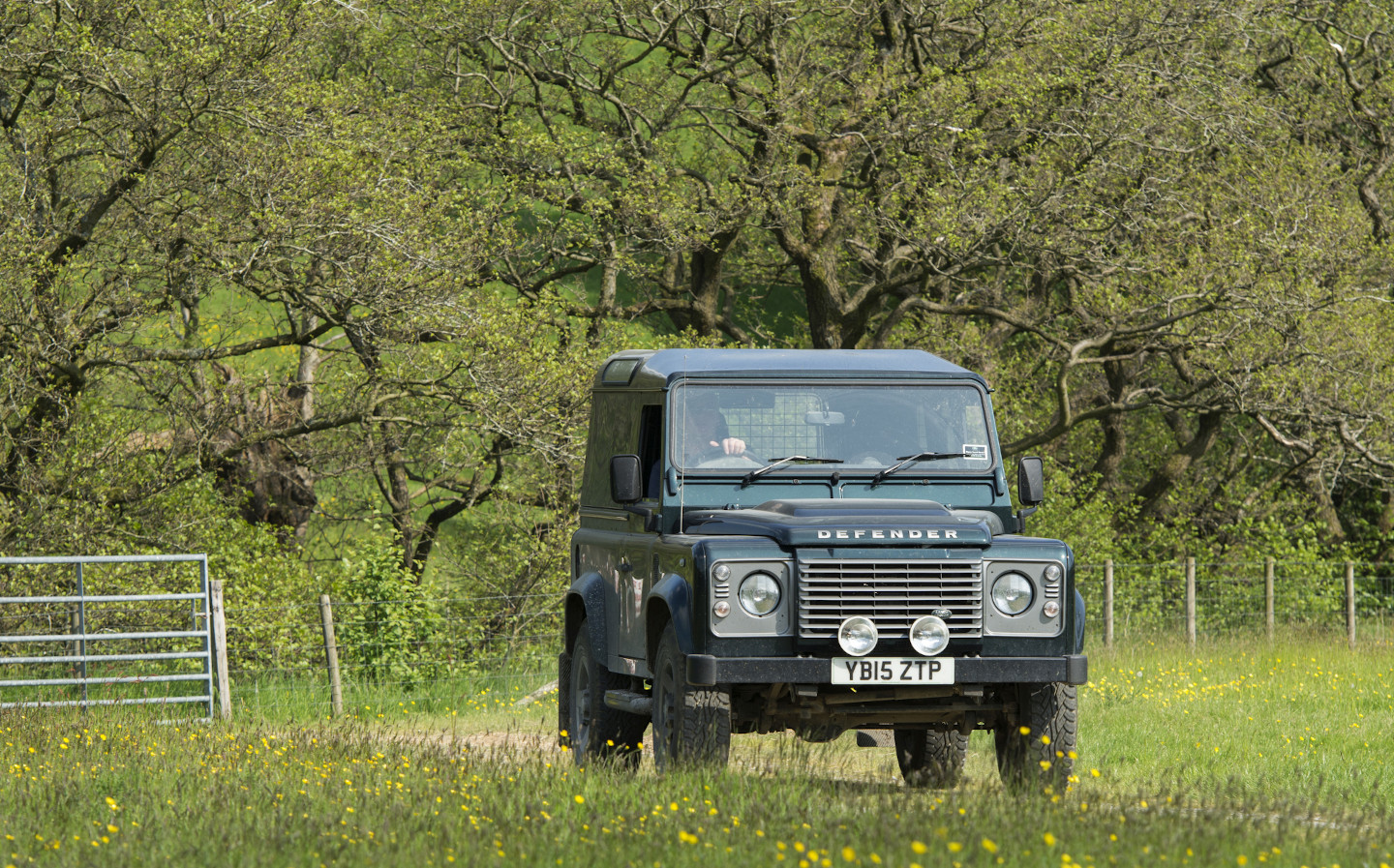Rise in rural crime leads to spike in Land Rover Defender thefts
Report predicts further rise due to coronavirus pandemic
A RISE IN rural crime has seen thefts of Land Rover Defenders increase by more than a third in a year.
The cost of rural crime rose by more than 9% to £54m last year, which represented an eight-year high, according to the Rural Crime Report from NFU Mutual, an insurance company.
It predicted that the economic impact of the coronavirus pandemic, which has shaken economies across the globe, could lead to a further rise in offences including the theft of livestock and farm vehicles.
There has been a rise of 34% in the thefts of coveted old-style Land Rover Defenders. The crimes are reportedly organised by gangs, based on a rising overseas demand for expensive farming equipment.
The cost to the UK of stolen Defenders was around £1.6m in 2018, which rose to £2.1m last year, a 34% increase. Good quality early series models, and parts from old-series Defenders, are increasingly valuable on the Black Market.
A new generation of the Defender arrived on UK roads this year. The new model shares no components with the old Defender.
Scotland saw the highest rise in rural crime generally, with incidents rising 44%. However, the cost of rural crime in the country remains below the UK average. The county hardest hit was Lincolnshire, where the rural crime cost sat at more than £2.8m this year, an 11.1% rise from last year. Essex, North Yorkshire and Cambridgeshire also had annual crime costs of more than £2m, with North Yorkshire’s figure rising by more than a fifth (22.6%) from 2018.
Other automotive crimes mentioned in the report include the theft of tractors, quad bikes and other agricultural vehicles, which had a collective cost of £9.3m this year alone. This represents a 30% rise from last year’s figure. The report noted that thieves are using increasingly sophisticated methods to make sure vehicles cannot be recovered, including cloning the identity of tractors.
The report suggested several ways for rural households to protect their possessions, including the use of markings to show a vehicle belongs to the Construction and Agricultural Equipment Security and Registration Scheme (Cesar). Other ideas included the use of geo-fencing to notify someone when a vehicle leaves their premises and the fitting of tracking devices to agricultural vehicles.
This is not the first spike seen in the theft of Land Rover Defenders. It was reported back in 2017 that between 2012 and 2017, 530 Defenders had been stolen in West Yorkshire alone, with demand for the model skyrocketing after it ceased production in January 2016.
Old Defenders vary in value depending on their age and mileage. However, a 2010 Defender 110 with more than 100,000 miles on the clock can still sell for nearly £20,000.
The Defender name has only been around since the late eighties, but its spirit and mechanical roots are evident in the early series Land Rovers that have been around since 1948. Later versions obviously have mechanical improvements that make them more practical for agricultural work, but depending on the motivation of the buyer, earlier models could be deemed more valuable due to their heritage, cultural significance and rarity. Low mileage Series 1 models in good condition can go for more than £30,000.
Tweet to @KieranAhuja Follow @KieranAhuja
Exclusive: Mr JWW goes off-road with the all-new Land Rover Defender
James Bond stunt team provide toughest test of all for new Land Rover Defender





